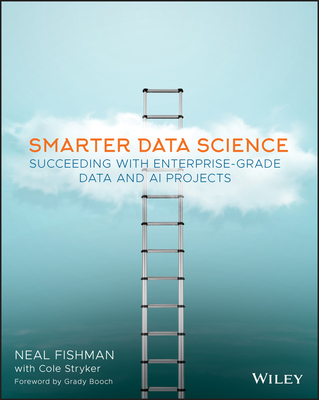Enterprise Information Management: When Information Becomes Inspiration (Management for Professionals)
- 出版商: Springer
- 出版日期: 2014-12-13
- 售價: $2,370
- 貴賓價: 9.5 折 $2,252
- 語言: 英文
- 頁數: 240
- 裝訂: Paperback
- ISBN: 1489990348
- ISBN-13: 9781489990341
-
相關分類:
Information-management
海外代購書籍(需單獨結帳)
商品描述
How an organization manages its information is arguably the most important skill in today’s dynamic and hyper-competitive environment. In Enterprise Information Management, editor Paul Baan and a team of expert contributors present a holistic approach to EIM, with an emphasis on action-oriented decision making. The authors demonstrate that EIM must be promoted from the top down, in order to ensure that the entire organization is committed to establishing and supporting the systems and processes designed to capture, store, analyze, and disseminate information. They identify three key “pillars” of applications: (1) business intelligence (the information and knowledge management process itself); (2) enterprise content management (company-wide management of unstructured information, including document management, digital asset management, records management, and web content management); and (3) enterprise search (using electronic tools to retrieve information from databases, file systems, and legacy systems).
The authors explore EIM from economic and socio-psychological perspectives, considering the “ROI” (return on information) of IT and related technological investments, and the cultural and behavioral aspects through which people and machines interact. Illustrating concepts through case examples, the authors provide a variety of tools for managers to assess and improve the effectiveness of their EIM infrastructure, considering its implications for customer and client relations, process and system improvements, product and service innovations, and financial performance.
商品描述(中文翻譯)
如今在充滿變動和高度競爭的環境中,組織如何管理其資訊可以說是最重要的技能。在《企業資訊管理》一書中,編輯Paul Baan和一群專家貢獻者提出了一種整體的EIM方法,強調以行動為導向的決策。作者們證明,為了確保整個組織致力於建立和支持捕獲、存儲、分析和傳播資訊的系統和流程,EIM必須從上而下推廣。他們確定了三個關鍵的應用“支柱”:(1)商業智能(信息和知識管理過程本身);(2)企業內容管理(全公司範圍內的非結構化信息管理,包括文件管理、數字資產管理、記錄管理和網頁內容管理);以及(3)企業搜索(使用電子工具從數據庫、文件系統和遺留系統檢索信息)。
作者們從經濟和社會心理學的角度探討了EIM,考慮了IT和相關技術投資的“信息回報率”(ROI),以及人與機器互動的文化和行為方面。通過案例示例說明概念,作者們為管理者提供了各種工具,以評估和改善其EIM基礎設施的效能,並考慮其對客戶關係、流程和系統改進、產品和服務創新以及財務績效的影響。










